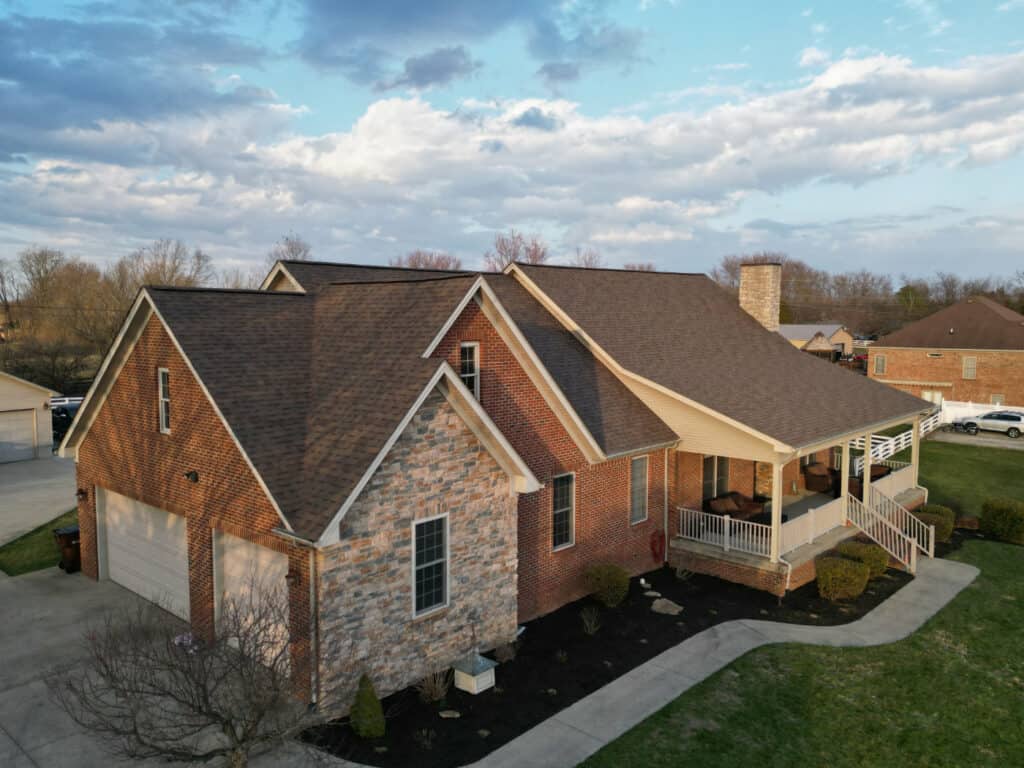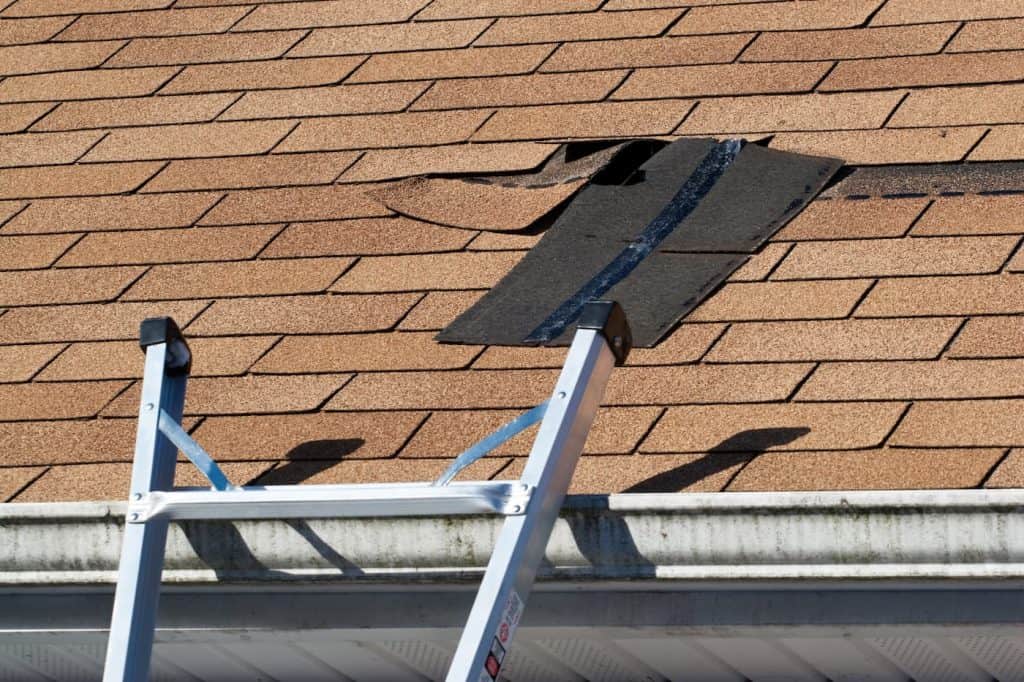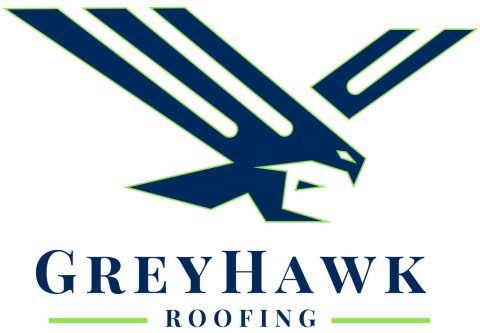When it comes to taking care of your home, the roof is one of the most important parts to keep in good condition. After all, it protects you and your family from the elements and adds value to your home. Regular maintenance is essential to ensure that your roof stays in excellent shape, and one of the best ways to do this is by getting a free roof inspection. But how often should you get a free roof inspection? It is recommended to get a free roof inspection at least once a year, as regular roof inspections can help detect potential issues early and prevent bigger and more costly repairs in the future.

A Roof Inspection And Why You Need One
First, let’s talk about what a roof inspection is and why it’s important. A roof inspection is a comprehensive assessment of your roof’s condition, and it involves inspecting the exterior and interior of your roof for signs of damage, wear and tear, leaks, and other issues. It’s important to note that even if you don’t notice any visible signs of damage or wear, it’s still a good idea to get a professional inspection. There could be hidden issues that only an experienced roofer can identify, and catching them early can save you money and headaches down the line.
Now, let’s get back to the main question: how often should you get a free roof inspection? The answer to this depends on several factors. First, you should consider the age of your roof. If your roof is less than five years old and there are no visible signs of damage or wear, you may be able to get away with inspecting it every year or every other year. However, if your roof is over ten years old, you should get an inspection every year to ensure that it’s still in good condition.
Another factor to consider is the climate in your area. In Kentucky, it’s not uncommon for us to experience harsh weather conditions, such as strong winds, heavy rain, ice or snow. These weather conditions can cause more wear and tear on your roof and increase the risk of damage. In general, it’s a good idea to get an inspection before the start of each season.
If you’ve recently experienced a severe storm or other natural disaster, it’s also a good idea to get an inspection, even if your roof is relatively new. This is because storms and other disasters can cause damage that isn’t visible from the ground, and it’s important to catch these issues early to prevent further damage and protect your home.
Finally, it’s important to choose a reputable and experienced roofer to conduct your inspection. Look for a company that has a good reputation, is licensed and insured, and offers free roof inspections – just like GreyHawk Roofing! You want to be sure that the person inspecting your roof is qualified and can provide you with an accurate assessment of its condition.
In conclusion, getting a free roof inspection is an essential part of maintaining your home’s roof and ensuring that it lasts for many years to come. The frequency of your inspections will depend on several factors, including the age of your roof, the climate in your area, and any recent weather events. By getting regular inspections and working with a qualified and experienced roofer, like GreyHawk Roofing, you can protect your home and avoid costly repairs in the future.
What Issues Can A Roof Inspection Detect?

A free roof inspection can detect a number of possible problems and issues, such as:
- Leaks: A professional roofer will look for signs of water damage, such as stains on the walls or ceiling, as well as areas where water may be pooling on your roof. They may also check your attic for signs of moisture or water damage.
- Damaged and/or missing shingles: A roofer will inspect your shingles for signs of damage, such as cracks, curling, or missing pieces. They will also look for granule loss, which can indicate that your shingles are aging and may need to be replaced.
- Damage to flashing: Flashing is the metal or sometimes other material that is used to seal areas where your roof meets other surfaces, such as chimneys or vents. A roofer will inspect your flashing for signs of damage or deterioration, which can lead to leaks.
- Cracks or damage to the chimney: A roofer will inspect your chimney for signs of damage or cracks, which can allow water to enter your home.
- Damage to gutters: Gutters are an essential part of your roof’s drainage system, and a roofer will inspect them for signs of damage or clogging, which can cause water to pool on your roof.
- Damage to soffits and fascia: Soffits and fascia are the boards or vinyl that run along the eaves of your roof. A roofer will inspect them for signs of damage or deterioration, which can allow water to enter your home.
- Damage to the roof deck: The roof deck is the plywood or other material that forms the base of your roof. A roofer will inspect it for signs of damage, such as warping or rot, which can compromise the integrity of your roof.
These are just some of the most common issues that a free roof inspection could uncover. By getting regular inspections and addressing any issues early, you can help prolong the life of your roof and avoid costly repairs in the future.
How Long Does A Home Roof Inspection Take?
When it comes to home roof inspections, the duration of the inspection can vary depending on several factors. A comprehensive roof inspection can take anywhere from 30 minutes to a few hours, depending on the size of your roof, the complexity of the issues, and the experience of the inspector.
During the inspection, the roofer will need to assess the condition of your roof, both on the exterior and interior. This involves climbing up onto the roof to examine the shingles, flashing, gutters, and other elements. They will also need to inspect the roof from inside your attic to check for signs of leaks, moisture, or other issues.
The inspector will need to be thorough and take their time to ensure that they identify any potential issues that may be present. They may use specialized tools, such as a moisture meter or a drone, to help them assess the condition of the roof more accurately.
The duration of the inspection will also depend on whether any issues are found. If the inspector discovers a problem, such as a leak or damaged shingles, they will need to take the time to assess the severity of the issue and determine the best course of action.
In general, a home roof inspection will typically take about 30 minutes to ensure that a thorough assessment is completed. However, for larger homes or more complex roof designs, the inspection may take several hours. It’s important to choose a reputable and experienced roofer to conduct the inspection, as they will be able to identify any issues more efficiently and provide you with a comprehensive assessment of your roof’s condition.
Can I Inspect My Own Roof?
While it is technically possible for homeowners to inspect their own roofs, it is generally not recommended for a few reasons.
- Climbing up onto a roof can be dangerous, especially if you are not used to working at heights or do not have the proper safety equipment. Even a fall from a relatively low height can cause serious injury or even death. It is always best to work with a professional roofer who is trained and experienced in working on roofs and has the proper safety equipment to do so safely.
- If you play it safe and stay on the ground, there may be issues that are not visible from the ground. For example, there could be small cracks or damage to shingles that you are unable to see from the ground. A professional roofer will have the necessary training and experience to identify even minor issues that could be missed during a DIY inspection.
- If you do identify issues during a DIY inspection, you may not know the best course of action to take. While you may be able to identify that there is a roof leak or a missing shingle, for example, you may not know how to properly repair or replace the damaged material. A professional roofer will have the necessary knowledge and experience to not only identify issues, but also recommend the best course of action to repair them.
In summary, while it is technically possible for homeowners to inspect their own roofs, it is generally not recommended due to safety concerns, the possibility of missing minor issues, and the lack of knowledge and experience to repair any issues properly that are identified. It’s always best to work with a qualified and experienced roofer who can provide you with a thorough and accurate assessment of your roof’s condition and recommend the best course of action to address any issues.
How Much Does A Roof Inspection Cost?
The cost of a roof inspection can vary depending on several factors, including the size of your roof, the complexity of the issues, and the experience of the inspector. Some roofers, such as GreyHawk Roofing, may offer free inspections, while others may charge a fee.
In general, the cost of a roof inspection can range from $100 to $300 or more, depending on the factors mentioned above.
When choosing a roofer to conduct your inspection, you want to work with a reputable and experienced roofer who can provide you with a comprehensive inspection and identify any issues that may be present. It’s also important to ask about the pricing structure upfront and ensure that you fully understand what is included in the inspection.
Some roofers may also offer additional services as part of their inspection, such as gutter cleaning or roof repairs. These services may be included in the overall cost of the inspection, or may be offered at an additional cost.
It’s important to choose a reputable and experienced roofer who can provide you with a comprehensive inspection and identify any potential issues with your roof and you can rest assured that GreyHawk Roofing will provide you a thorough and detailed FREE roof inspection!




